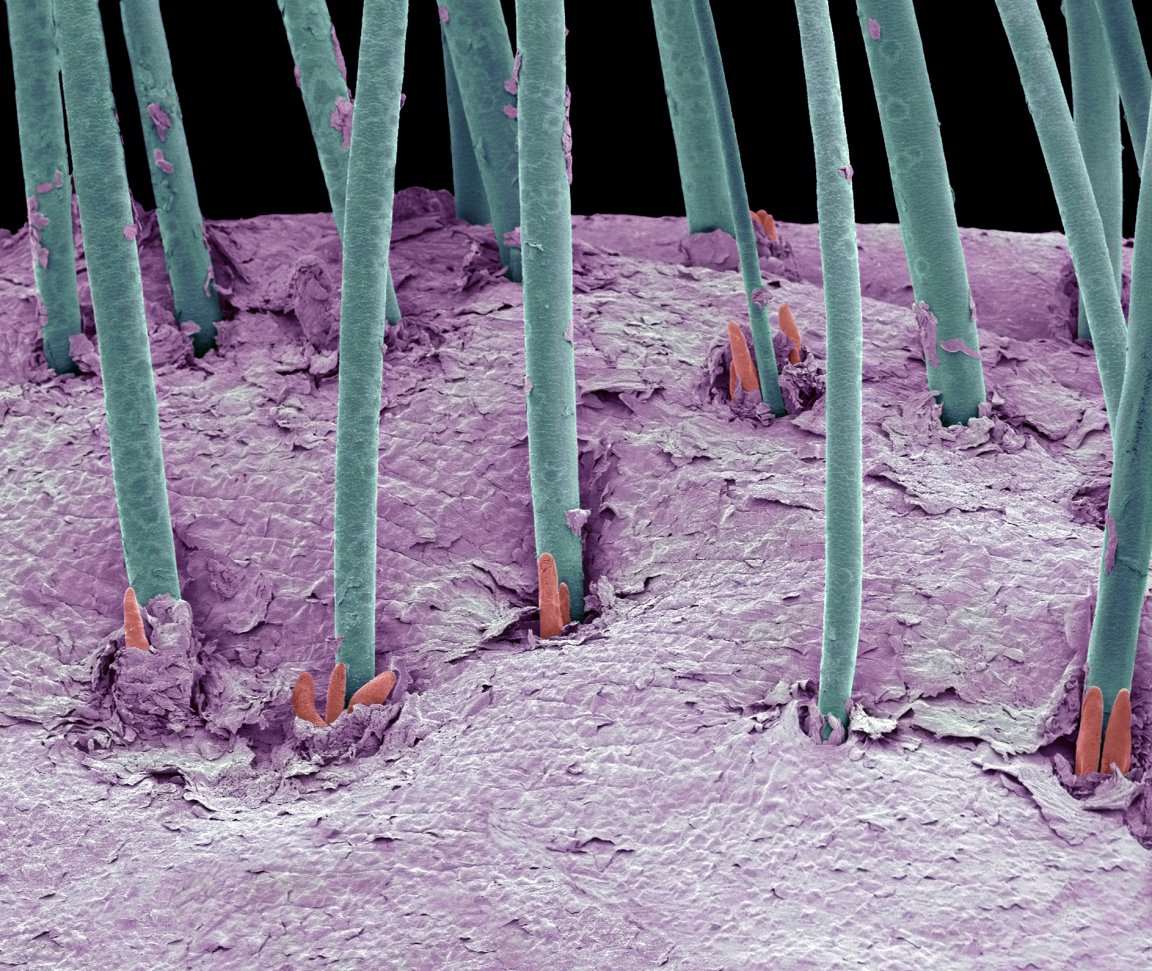
Balding Hair Today
It’s thought that 50 million men and 30 million women suffer from complete balding or partial hair loss in the US alone. However, a promising new treatment looks set to offer a new way to spur regrowth.
Scientists work at the University of Southern California’s Keck School of Medicine have released a new study that details a way to grow hair follicles from progenitor cells – which are broadly similar to stem cells, but don’t have the ability to divide and reproduce indefinitely.
The team found that these cells would form 3D conglomerations known as organoids, groups of cells that take on a structure similar to that of an organ. They then grouped themselves into the form of polarized cysts, which in turn gave way to layered skin. From there, they were able to produce skin bearing hair follicles that could be transplanted onto a mouse. The team observed that the follicles were able to produce hair once they had been placed on the animal.
There are hopes that this same process could be used to treat humans suffering from balding and hair loss. A patient’s own progenitor cells would be used to grow portions of skin with hair follicles in the lab, which would then be transplanted onto their scalp. This could provide relief for conditions ranging from alopecia to fully fledged baldness. The next step in the struggle contra balding is human trials, although there isn’t currently a timeline for when such tests will take place.
New Do
Hair loss has been around forever, but modern science is finally offering new compelling ways to tackle it with long-term results. Up until now, methods of dealing with hair loss and baldness have typically been pretty reactionary. Wigs and toupees are a common options, as well as medicines that spur hair growth – but neither of these routes really get to the root of the problem.

In recent years, there have been varying attempts to use stem cells to address the situation, introducing healthy follicles that are capable of producing hair. Last year, Japan’s largest research company, RIKEN, embarked upon a project to see how stem cells might be used to encourage follicle growth. Earlier this year, scientists at UCLA determined a way to jump-start stem cells responsible for growing hair via a medicine applied to the skin.
People who suffer from hair loss are set to have more options thanks to these projects – and it seems that in most cases, stem cells play a key role in establishing new treatments.